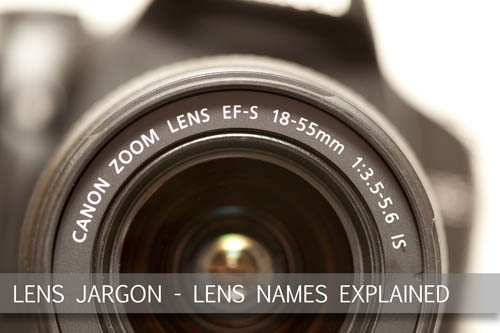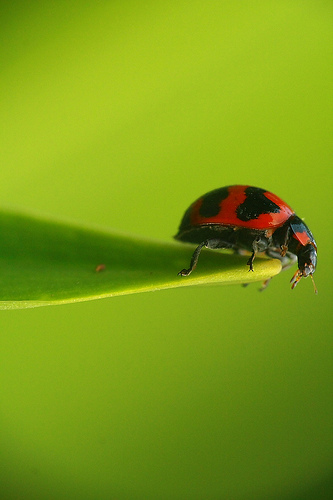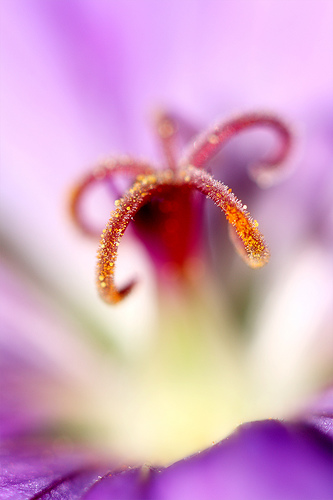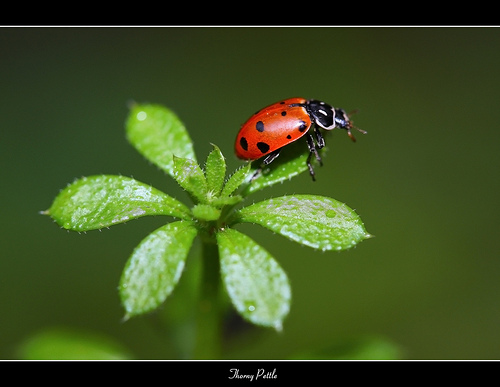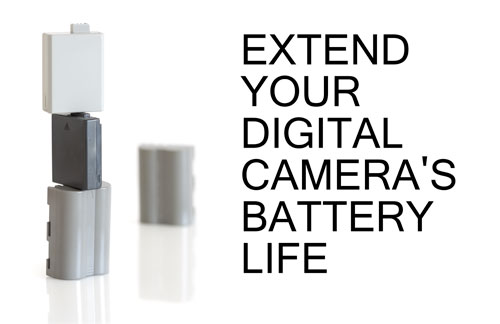How does the zoom of a superzoom camera compare to a DSLR?
When considering a new camera, you may be looking at a superzoom (sometimes known as a bridge) camera, and comparing it to a DSLR or other interchangeable lens camera. Superzooms and consumer DSLRs are often similarly priced.
The specs for the superzoom might show it as having a 24-1200mm equivalent zoom. But you can't buy a lens with this specification for the DSLR.
The DSLR might come with an 18-55mm lens, so that covers the wide end (roughly) equivalent to the superzoom. But how about that long end? Nope, it seems like you can't buy a 1200mm lens for a DSLR. Well, maybe you'll have to settle for a 600mm lens instead. But then you notice the price - as much as a small car.
So, why is a DSLR with equivalent lenses so much larger and more expensive than a superzoom camera? And why would anyone purchase a DSLR over a superzoom?
Read the rest of this entry »